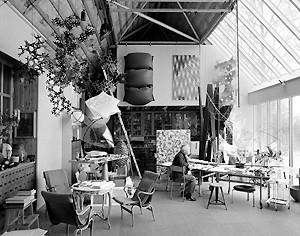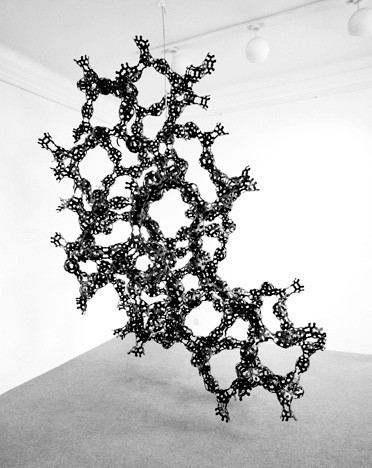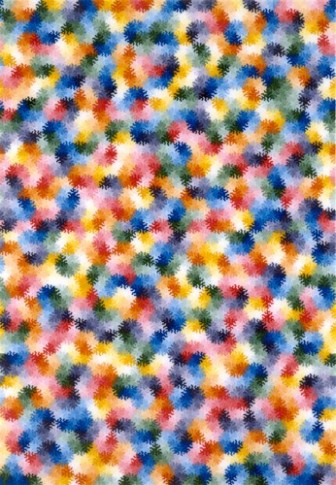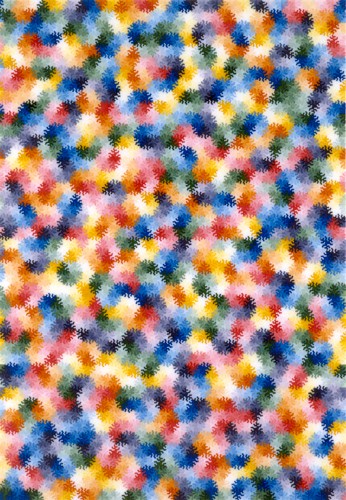
Lars Englund, Akvarellief, 1989 © Lars Englund. Photo: Pelle Stackman
In between
sculpture and architecture
Lars Englund’s rhythmic oscillations between space, architecture and sculptural form have often been likened to the billowing style of the baroque era. Seen from a contemporary perspective, however, his work is also closely related to American 1960s minimalism, with its explorations of modern-age materials such as rubber, steel, carbon fibre, aluminium and various plastics, in a non-representational idiom.
Lars Englund’s oeuvre lends itself to descriptions in terms of groups or themes – volumes, support structures, spheres, reliefs, pars pro toto, entanglements, relative, borderlines, stabiles and instabiles.
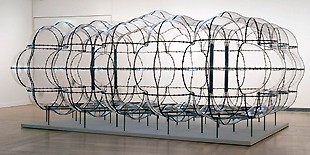
Lars Englund,
Spatial Surface Support Structure, 1968-1974/2005
© Lars Englund.
Photo: Per-Anders Allsten/Moderna Museet
In spatial surface support structure Lars Englund has worked with curved surfaces and versions of the spherical form in transparent plastic. He started working on the project in 1968, commissioned by Huddinge Hospital, and completed it in 1974. This sculpture is distinctly influenced by the space-age aesthetics and utopian architectural projects of the 1960s, but also represents an entirely personal development of the experiments with volumes that he had executed in rubber a few years previously.
The sculpture was not displayed for long in the hospital grounds at Huddinge, but the idea of creating structures in segments, as a construction kit, was pivotal to his future production. Looking at the reconstruction of spatial surface support structure from 2005, we discover a distinct affinity with contemporary artists who are currently showing a reawakened interest in modular architecture as a means for creating alternative urban models.
Curator: Cecilia Widenheim

